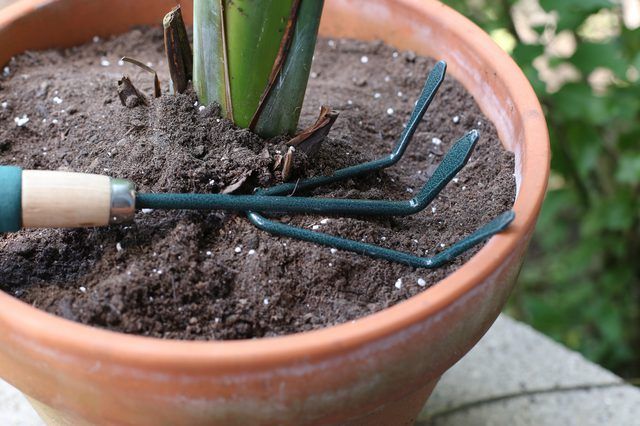Bulbs
Flower Basics
Flower Beds & Specialty Gardens
Flower Garden
Garden Furniture
Garden Gnomes
Garden Seeds
Garden Sheds
Garden Statues
Garden Tools & Supplies
Gardening Basics
Green & Organic
Groundcovers & Vines
Growing Annuals
Growing Basil
Growing Beans
Growing Berries
Growing Blueberries
Growing Cactus
Growing Corn
Growing Cotton
Growing Edibles
Growing Flowers
Growing Garlic
Growing Grapes
Growing Grass
Growing Herbs
Growing Jasmine
Growing Mint
Growing Mushrooms
Orchids
Growing Peanuts
Growing Perennials
Growing Plants
Growing Rosemary
Growing Roses
Growing Strawberries
Growing Sunflowers
Growing Thyme
Growing Tomatoes
Growing Tulips
Growing Vegetables
Herb Basics
Herb Garden
Indoor Growing
Landscaping Basics
Landscaping Patios
Landscaping Plants
Landscaping Shrubs
Landscaping Trees
Landscaping Walks & Pathways
Lawn Basics
Lawn Maintenance
Lawn Mowers
Lawn Ornaments
Lawn Planting
Lawn Tools
Outdoor Growing
Overall Landscape Planning
Pests, Weeds & Problems
Plant Basics
Rock Garden
Rose Garden
Shrubs
Soil
Specialty Gardens
Trees
Vegetable Garden
Yard Maintenance
How to Care for a Bird of Paradise Plant
How to Care for a Bird of Paradise Plant. The bird of paradise plant (Strelitzia reginae) is a tropical favorite known for its flamboyant birdlike blooms. A South African native, the plant is hardy in U.S. Department of Agriculture plant hardiness zones 10 through 12. Throughout the rest of the United States, it enjoys widespread popularity as a...
The bird of paradise plant (Strelitzia reginae) is a tropical favorite known for its flamboyant birdlike blooms. A South African native, the plant is hardy in U.S. Department of Agriculture plant hardiness zones 10 through 12. Throughout the rest of the United States, it enjoys widespread popularity as a dependable houseplant. Bird of paradise grows 3 to 5 feet in height and blooms intermittently through the year, creating a colorful focal point in warm-climate gardens.
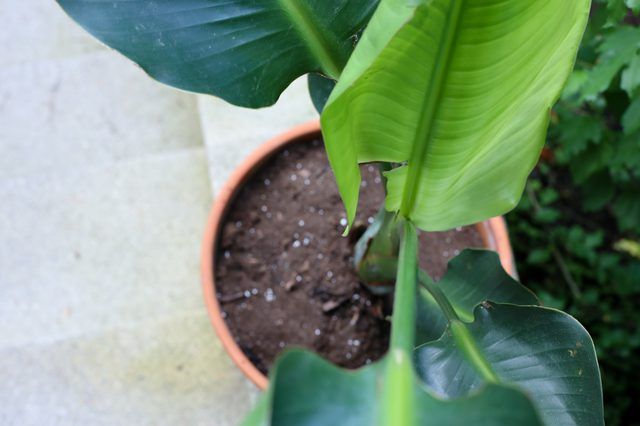
Things You'll Need
Bird of paradise plant
Watering can
Mulch
Controlled-release, granular fertilizer
Garden fork
Step 1
Grow bird of paradise plants in well-drained, fertile soil in a sunny or partially sunny location. In warm climates, the plant grows and flowers best in partial shade. In sunny locations, bird of paradise grows shorter stems and produces smaller flowers.
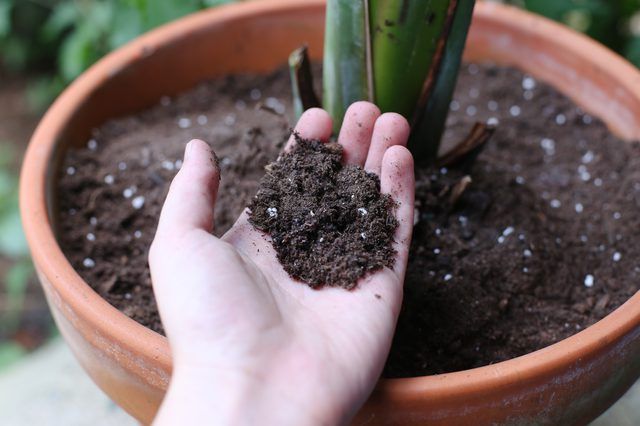
Step 2
Protect bird of paradise plants any time temperatures drop toward freezing. It can survive 30 degree Fahrenheit temperatures, but only for a brief time. In colder climates, grow bird of paradise in a large pot that can be moved inside during cold snaps and wintry weather.
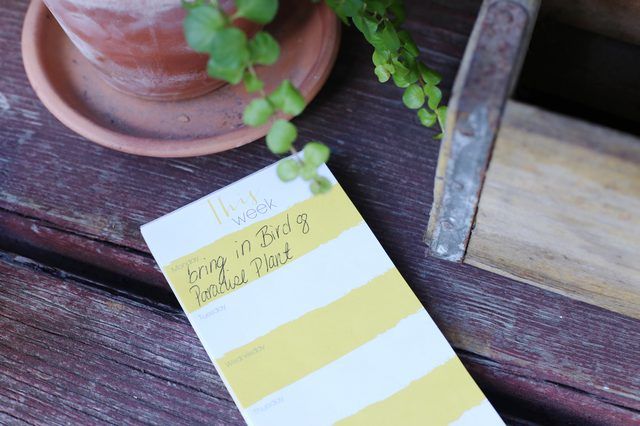
Step 3
Water bird of paradise consistently, especially when newly planted. New plantings need water every three days for the first six months until they get established. After that, the plant should thrive with normal rainfall and supplemental watering in dry conditions.
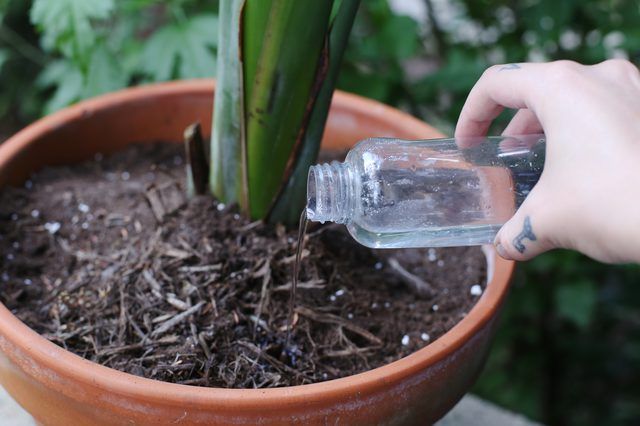
Step 4
Place a layer of mulch around the base of the bird of paradise to conserve moisture and prevent competition from grass and weeds. Keep the mulch a few inches away from the plant's trunk to prevent moisture from accumulating and encouraging rot.
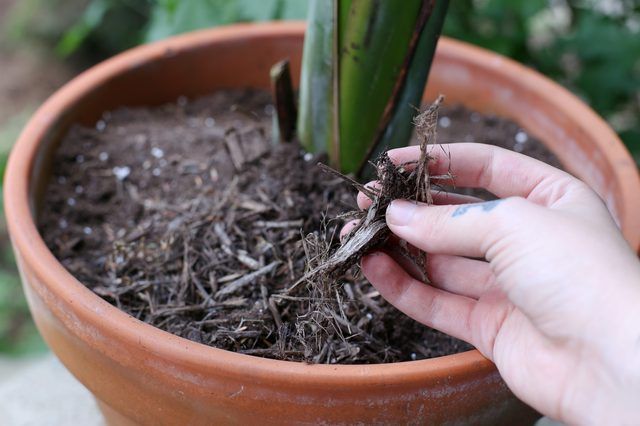
Step 5
Fertilize bird of paradise every three months during its active growing season of spring and summer. Apply a controlled-release, balanced 14-14-14 fertilizer at a rate of 3 tablespoons per 4 square feet around the plant. Scratch the fertilizer into the soil with a garden fork, and water the area well.
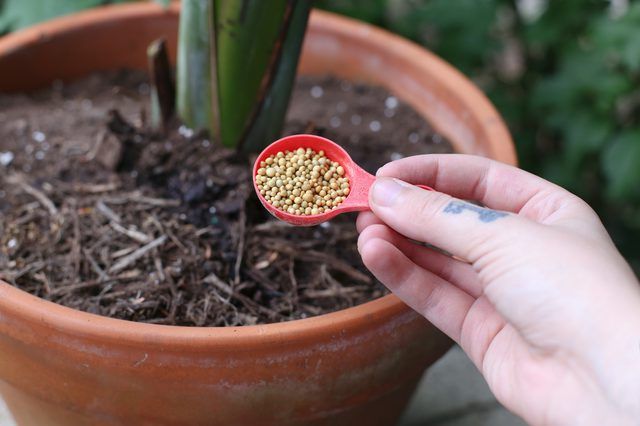
Step 6
Use insecticides sparingly as bird of paradise plants have few pests. If aphids or grasshoppers are noticed, remove them by hand or use a gentle blast from a hose to remove them. Remove any yellowed or dead leaves that occur through the year.
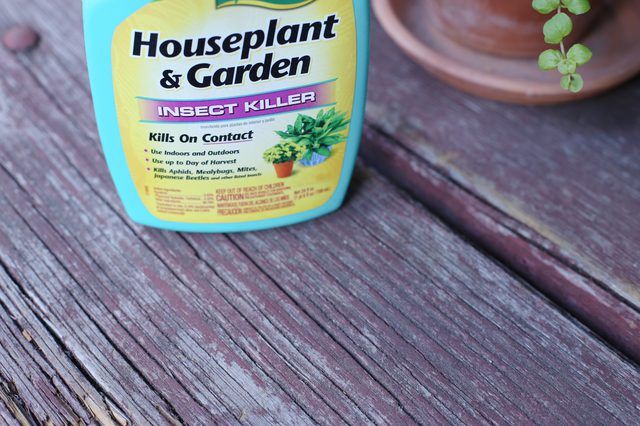
Step 7
Divide large clumps of bird of paradise by separating the root ball early in the growth season. Use a garden fork to gently lift the plant and to pull the root ball apart. Plant divisions at the same depth the original grew. Keep them well watered until established.
